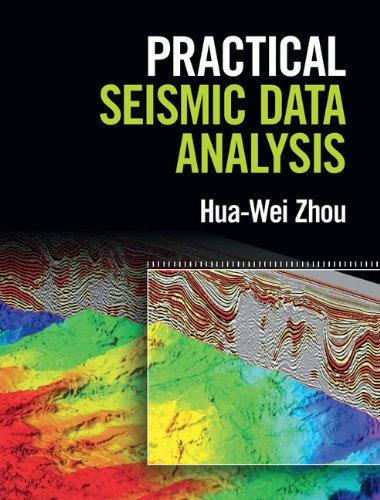When Sir Harold Jeffreys analyzed seismic traveltime residuals, he noticed that the distribution of the residuals was
Question:
When Sir Harold Jeffreys analyzed seismic traveltime residuals, he noticed that the distribution of the residuals was not quite Gaussian. He expressed it as
\[ f(t)=\frac{1-\varepsilon}{\sqrt{2 \pi \sigma}} \exp \left[-\frac{(t-\bar{t})^{2}}{2 \sigma^{2}}\right]+\varepsilon g(t) \]
where \(g(t)\) is a smooth function representing a gradual decay in the traveltime residuals. Now for a given dataset of observation \(t_{i}(i=1,2, \ldots, n)\), apply the maximum likelihood method to show that the mean \(\bar{t}=\frac{w_{i} t_{i}}{w_{i}}\). and \(\sigma^{2}=\frac{w_{i}\left(t_{i}-\bar{t}\right)^{2}}{w_{i}}\), where \(1 / w_{i}=1+\mu \exp \left[(t-\bar{t})^{2} /\left(2 \sigma^{2}\right)\right]\) and \(\mu\) is the ratio of the tail amplitude to the peak
value of \(f(t)\). In practice we use iterations to solve for \(\bar{t}\) and \(\sigma^{2}\) because they appear in the expression for \(w_{i}\).
Step by Step Answer:






